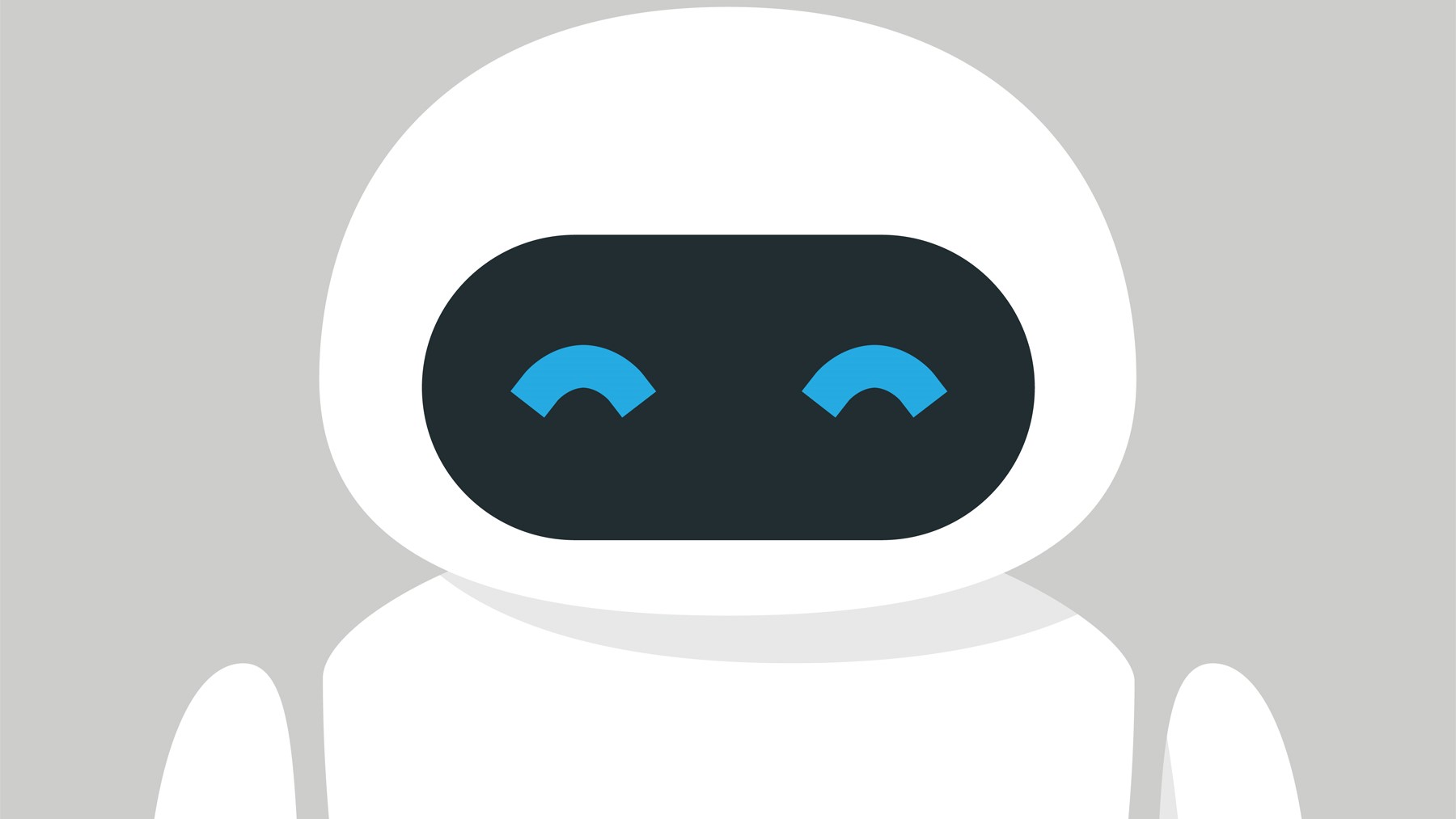Millennials are a sought-after and media-savvy consumer audience. While this coveted crowd can be an integral part of many pharmaceutical company’s marketing strategies, reaching them means taking a page out of a new playbook.
The “Connected Generation”—also known as Millennials—acts differently than the generations before them. They are digital natives, defined by their desire for information, services, and goods on-demand. Rather than purchase cars, many use Uber or Lyft. Rather than stop by a store, many use Amazon Prime to have purchases delivered within a day. They also view communication in their own way. Rather than pick up the phone or send an email, this connected generation uses apps, chatbots, Facebook Messenger, and WhatsApp.
This behavior also extends to how Millennials take care of their health. They want to access healthcare and information about their health quickly and on demand. These digital natives are leading the way for wearables, Fitbit, Apple Watch, and more, to track, gather health information, and get real-time feedback on their fitness. While older generations see primary care physicians as their first line of defense against non-critical health concerns, Millennials see them as a last resort. As many as 34% prefer retail clinics and 24% prefer acute care clinics where they can quickly get in and out, according to HIT Consultant.
It’s not news that more than 75% of Americans use social media to research their symptoms. But, according to PwC Health Research Institute, 90% of people aged 18 to 24 trust medical information shared on their social feeds. Millennials, especially the youngest members of that group, view social media as a trusted place for medical information and a valuable way to get information about their health.
Pharmaceutical companies and healthcare marketers need to take into account that social media and messaging are the way to reach this highly sought audience instead of traditional channels like television or print.
Reaching Millennials Means Getting Social
Millennials are going online to manage their health. They are using chatbots and conversational platforms such as the Whisper messaging app to ask questions and post videos and images anonymously. The power of these channels is their ability to let people ask health-related questions that they may find embarrassing, such as ones about sexual health or substance abuse, any time of day.
This group is also using wearables and Internet of Things (IoT) devices, such as Google Home and Amazon Echo, for information related to their health. With a simple voice command, this generation is asking Alexa and “OK, Google” to explain everything from migraine symptoms to the location of the nearest urgent care center to the hours of their preferred pharmacy.
If pharma marketers are going to reach Millennials, it’s crucial to be in the channels and places where they spend time and money. Reaching the on-demand Millennials means being able to engage directly with a highly focused and distilled message, as opposed to the broadcast tactics that work for their parents.
Reach the connected generation through:
Online health communities: These social media groups let drug makers connect with their patients and consumers 1-on-1 so they can provide much-needed factual information and patient-centered care. These communities are excellent at helping brands generate goodwill. Here are a couple of examples of the goodwill at the online health community on Facebook, PsoriasisSpeaks:
 Messaging apps: Messaging apps are a highly effective, affordable, and convenient way to offer relevant information and 1-to-1 conversations. They work especially well for highly targeted topics such as endometriosis that may be neglected by other healthcare forums. Messaging apps are a marketer’s dream, following consumers along their entire lifecycle from symptoms and diagnosis, to product discovery, to purchase. Pharma marketers should be using messaging apps and move away from collecting email addresses to fill up their CRM. This audience is moving away from email and the phone. Create strategies where you connect 1-on-1 through messaging with this digitally native audience.
Messaging apps: Messaging apps are a highly effective, affordable, and convenient way to offer relevant information and 1-to-1 conversations. They work especially well for highly targeted topics such as endometriosis that may be neglected by other healthcare forums. Messaging apps are a marketer’s dream, following consumers along their entire lifecycle from symptoms and diagnosis, to product discovery, to purchase. Pharma marketers should be using messaging apps and move away from collecting email addresses to fill up their CRM. This audience is moving away from email and the phone. Create strategies where you connect 1-on-1 through messaging with this digitally native audience.
Chatbots: Chatbots leverage each consumer’s conversation history, context, and sentiment to provide personalized and appropriate responses. Millennials are drawn to chatbots because they can anonymously find answers to sensitive health-related questions. Brands benefit from chatbots, too. Chatbots capture data points and metrics for future marketing improvements, and consumer trend analysis. Think about the data-driven insights that can then be used for further marketing improvements.
Millennials are twice as likely as other generations to act on health advice they find through the internet, including social media, according to Referral MD. That’s why it’s time for pharma marketers to include social, messaging, chatbots, or IoT devices in the mix. These channels can be used to reach this lucrative audience, who are more likely to spend their paycheck on their health. Start using healthcare chatbots and messaging apps now to reach Millennials.










